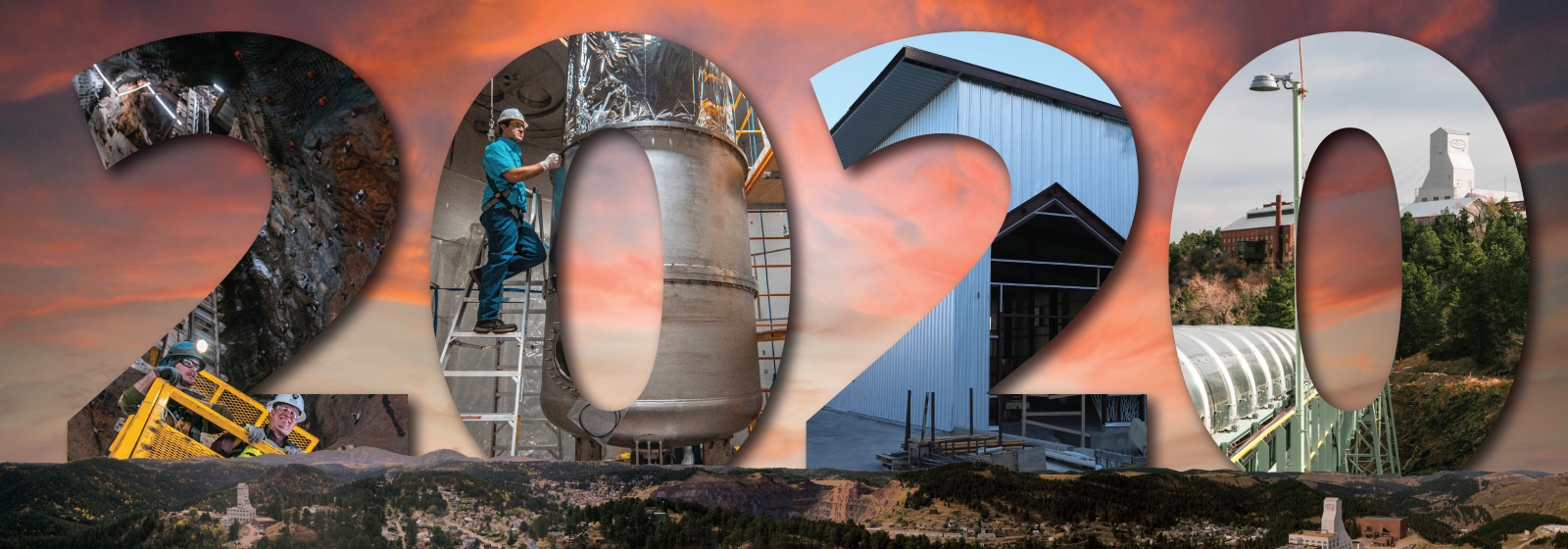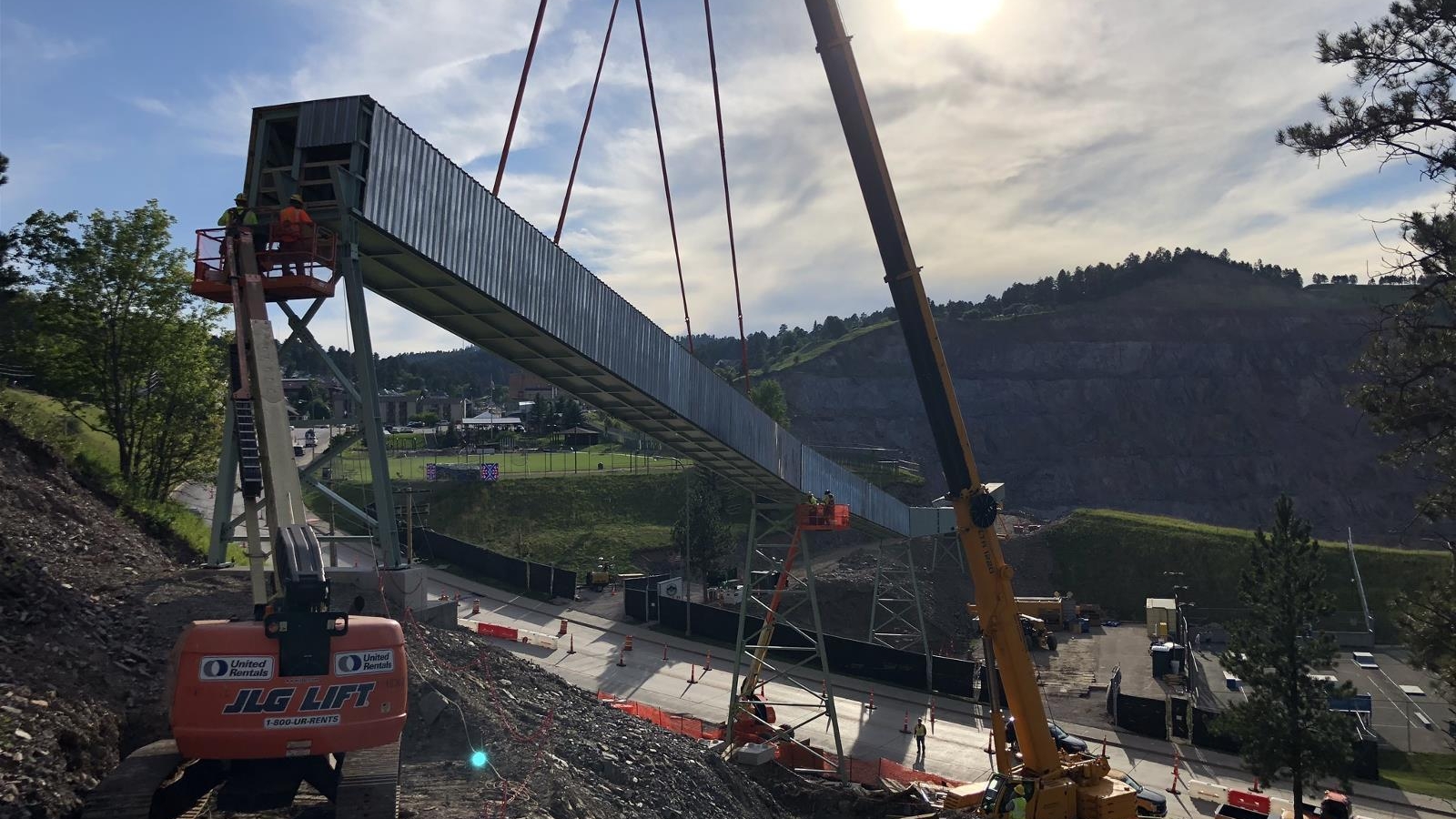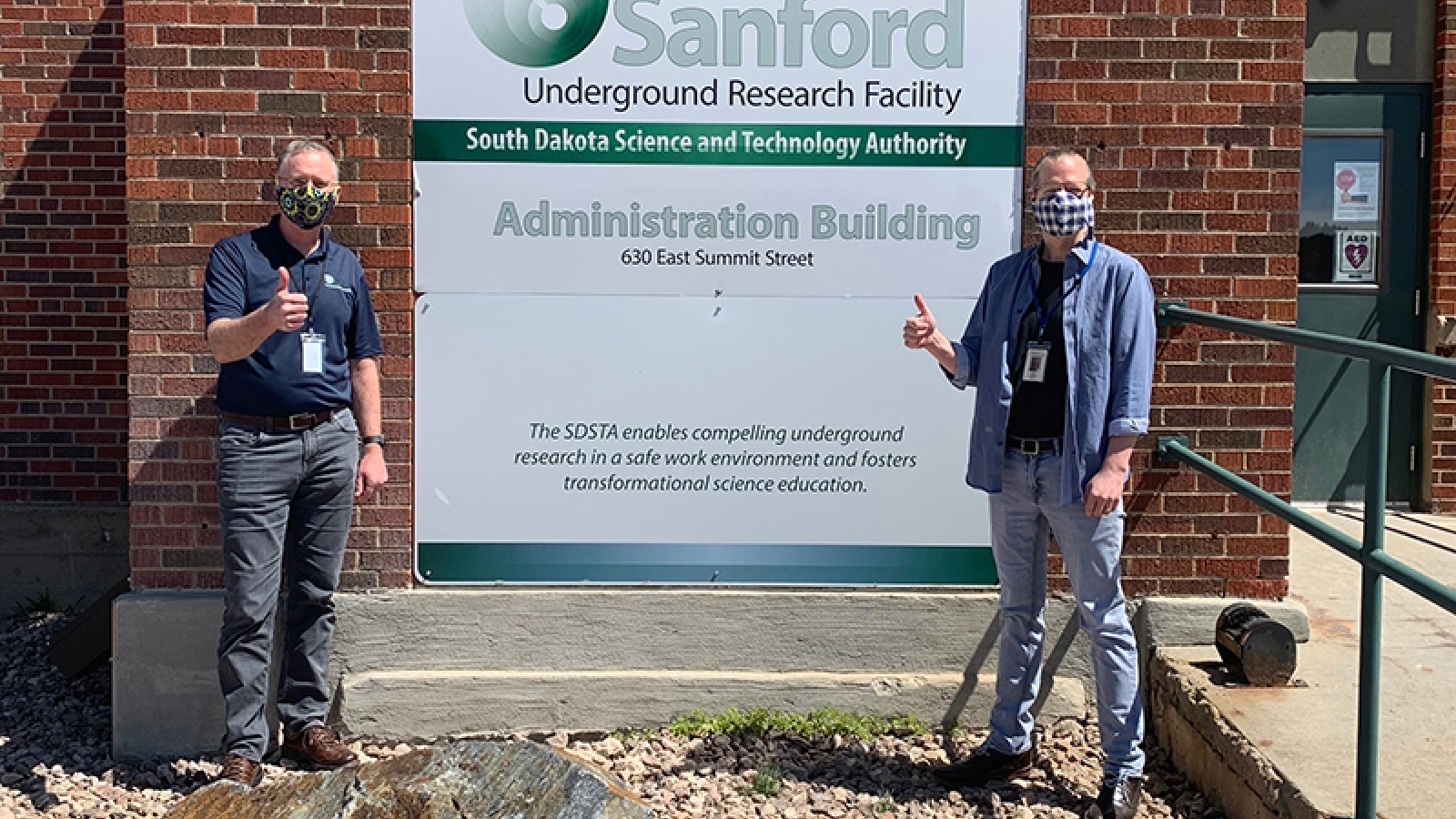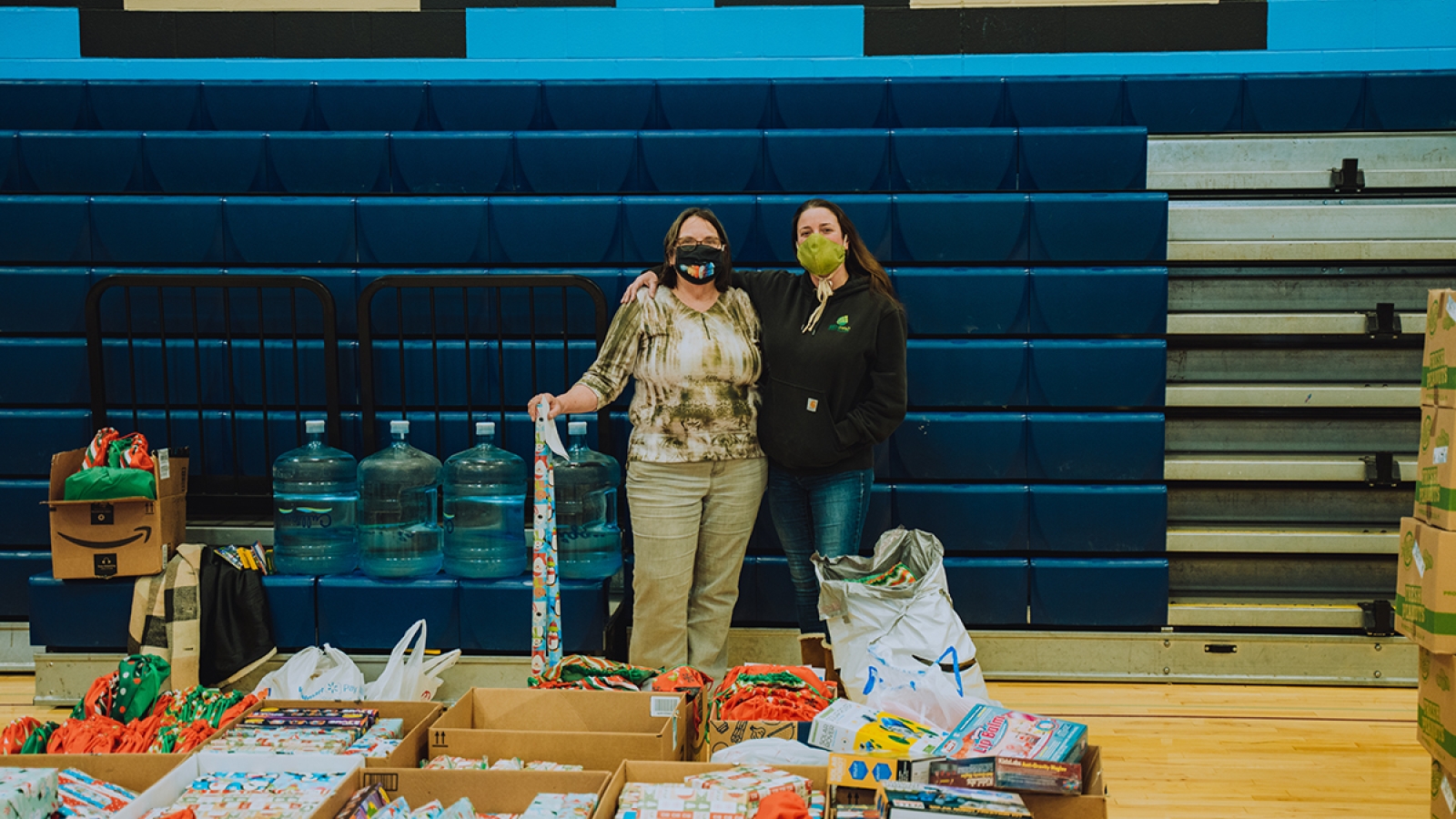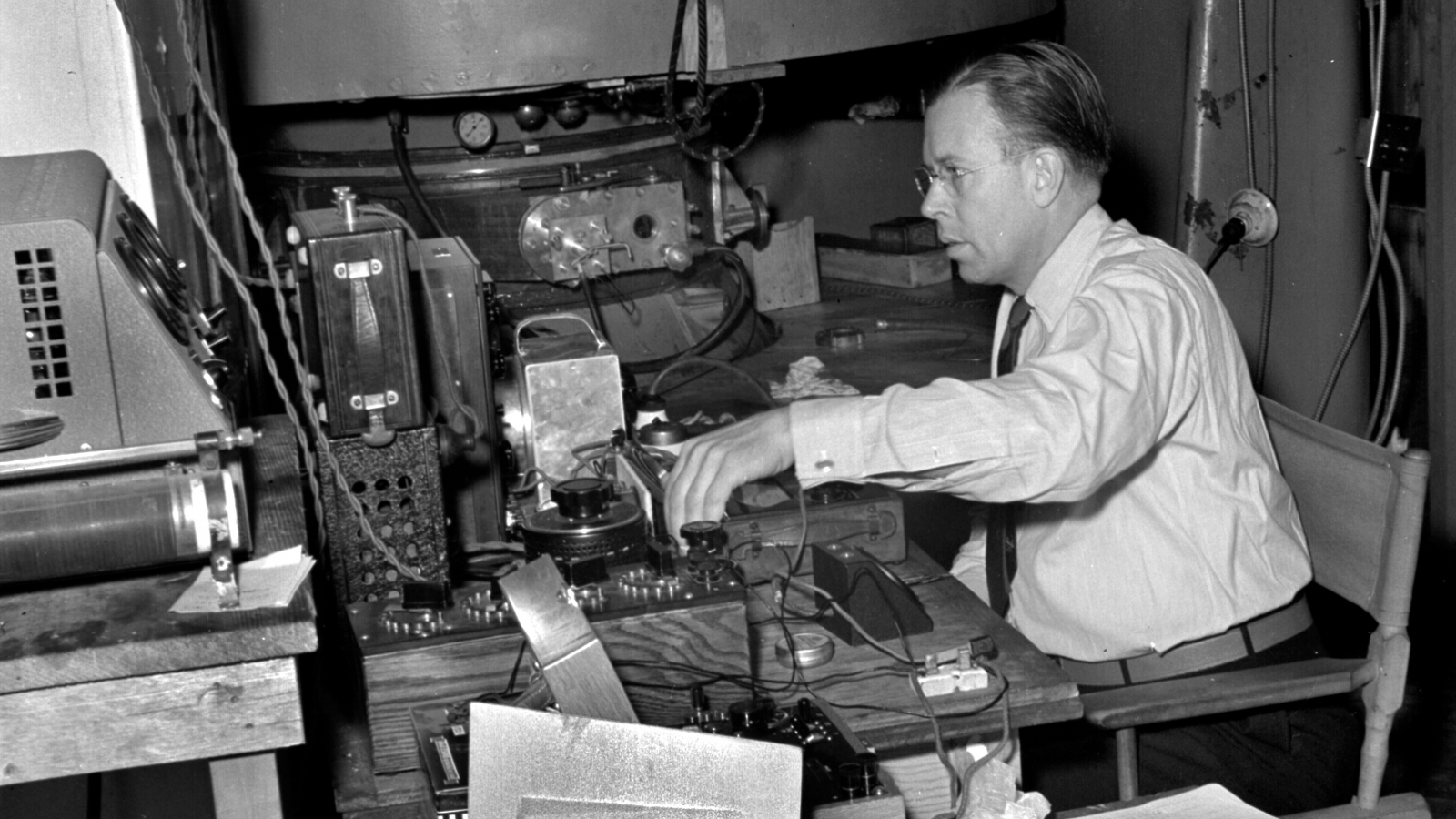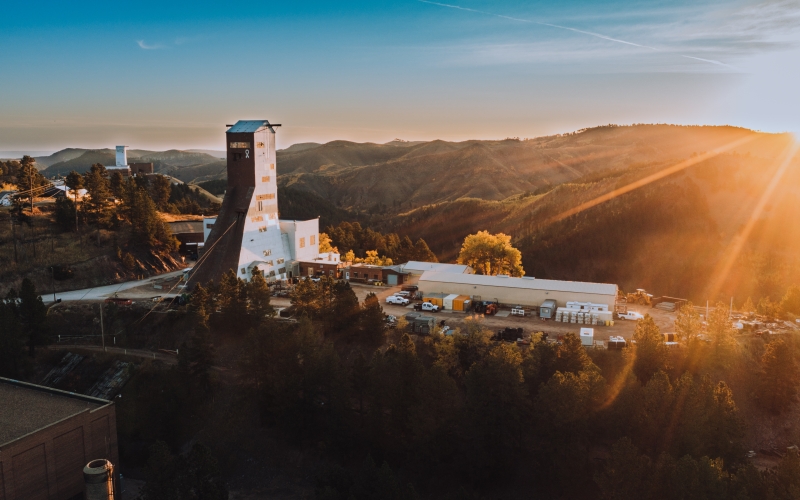In a year like no other, Sanford Underground Research Facility (Sanford Lab) teams stepped up. In 2020, we advanced our facility's infrastructure, supported our existing science teams and prepared our facility for its upcoming role in the largest physics experiment on U.S. soil. We expanded and transformed our education and outreach in the midst of a difficult year and connected with our community in new and heartening ways. All the while, we kept the health and safety of our employees, users and partners at the forefront of our decision-making process.
"As 2020 comes to a conclusion, I’d like to thank the Sanford Lab staff and researchers and our partners for their patience and persistence toward advancing world-leading science at Sanford Lab in the face of a global pandemic. We never forgot that the safety of our team always comes first. It’s been a challenging year, but together we’ve made great strides to modernize the Sanford Lab infrastructure, to assemble and operate our current experiments and to prepare the facility for future science. I look forward with a deep appreciation for our team and the growth we will realize together in the new year."
– Mike Headley, executive director of Sanford Lab
Join us as we look back on 2020 at Sanford Lab.

Science moves forward
This year, the LUX-ZEPLIN dark matter experiment overcame COVID-19 obstacles to reach a major milestone en route to startup. Geology met biology when researchers with the EGS Collab asked microorganisms for directions through the subterranean networks the organisms colonize. On July 30, we cheered as NASA launched the Perseverance Rover toward Mars. Onboard was a detective instrument called SHERLOC, a concept that was tested on the 4850 Level of Sanford Lab. CASPAR tested several reactions that take place in the heart of stars, investigating neon-22's role in satisfying a star’s impossibly high demand for neutrons and scrutinizing an unexpected tally of lithium in space. And researchers with the Majorana Demonstrator performed the equivalent of open-heart surgery on a particle physics experiment.
Near the end of 2020, the SURF User Association was formed. Moving forward, this association aims to connect and support our research communities, whether they are studying subatomic particles, microscopic extremophiles, vibrations in the rock or other questions for which the underground environment is a unique window.

SURF Foundation advances science and education
In 2020, the Sanford Underground Research Facility (SURF) Foundation was introduced. A non-profit recently created by the South Dakota Science and Technology Authority (SDSTA), the SURF Foundation will advance that mission by building upon strong relationships within the community and opening doors for public contributions.
Neutrino Day goes virtual
Speakers, live chats with scientists, hands-on activities, Native American activities, Science Steve, contests and facility tours—everything we’ve come to love about Neutrino Day was virtual in 2020. And this year, we were live all week.
Our six-day event, Neutrino Day: A Matter Mystery, included 39 activities and events, more than 17 hours of video content and a keynote with science comedian Brian Malow. All events are available via our 2020 Neutrino Day hub.
